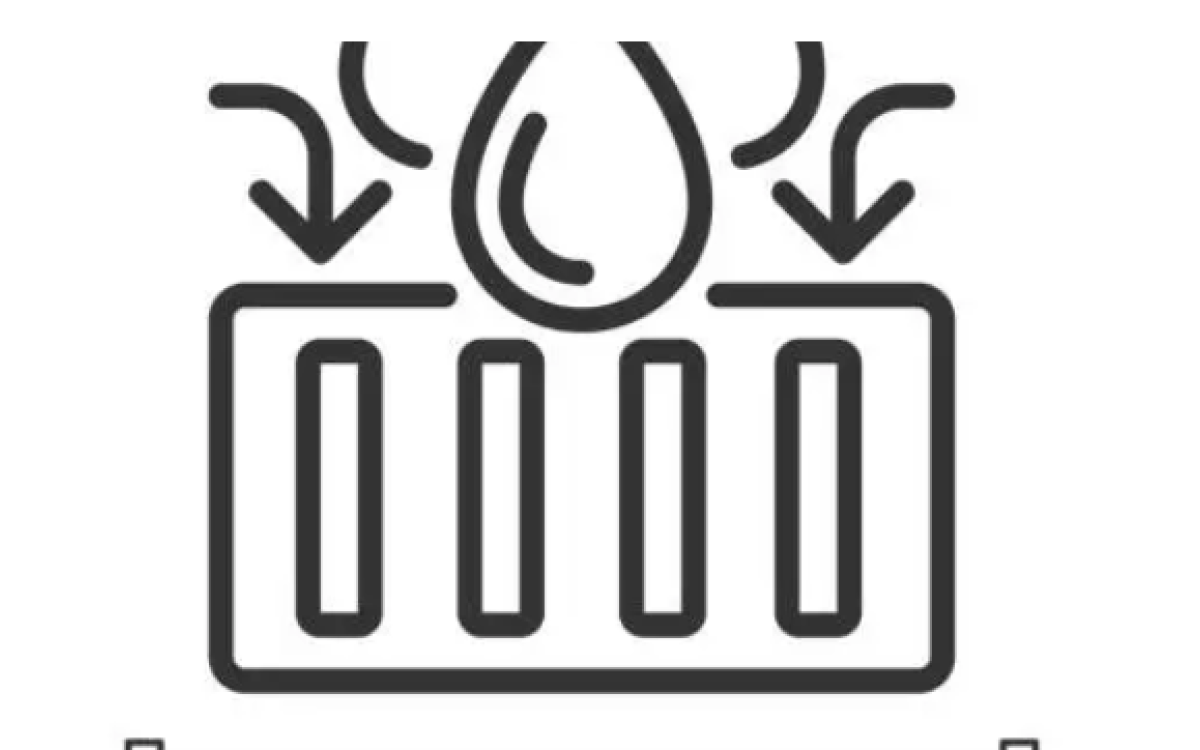At a glance
The "Youth Engineering Green Solutions to Stormwater Runoff and Pollution Prevention" field trip program, developed through a… Read full summary
- Funding received
- 2017-2018
- Mini
- Awarded
- $1,000
- Funding partners
-
- Services and Activities Fee (SAF)
The "Youth Engineering Green Solutions to Stormwater Runoff and Pollution Prevention" field trip program, developed through a collaboration between the University of Washington Botanic Garden and the UW College of Education, aims to educate elementary students (3rd-5th grade) about the environmental impact of stormwater runoff on Puget Sound. The program focuses on environmental stewardship and engineering solutions, incorporating STEM education. During the 120-minute field trip, students will explore green stormwater solutions and work with a tabletop model to design and test their own solutions. The goal is to raise awareness and empower students to take action to improve water quality and protect the environment.
Recent research reveals that everyday activities of individual citizens are now the leading source of toxic chemicals flowing into the Puget Sound. [1] Of the approximately 40 thousand metric tons of oil and grease entering the Puget Sound every year about "75% of it comes from stormwater runoff that starts in our neighborhoods. [2] In addition to chemical pollution, stormwater runoff can cause an array of other environmental problems including flooding and erosion of our streams and rivers, siltation of salmon spawning grounds, and thermal and nutrient pollution. These changes can make an ecosystem less hospitable to life and can negatively impact vulnerable species. Educating about a problem is the first step in changing behavior.
The new "Youth Engineering Green Solutions to Stormwater Runoff and Pollution Prevention" field trip program is being developed through a unique collaboration between the University of Washington Botanic Garden (UWBG) and the UW College of Education (UW COE). The proposed project would fund the pilot of an educational fieldtrip program geared towards fostering environmental stewardship and raising awareness about stormwater, its impacts on Puget Sound and potential engineering solutions. As part of his master’s project, Brian Carpenter will help develop the curriculum and then participate in piloting the program to elementary-age students (3rd-5th grade). Fieldtrips will be offered on the UW’s Seattle campus at the Center for Urban Horticulture (CUH), one of two sites that comprise the UW Botanic Gardens. If successful, UWBG will explore the possibility of incorporating the fieldtrip into its established elementary school fieldtrip programming.
During the proposed 120-minute fieldtrip, students will consider and discuss what they can do at their schools to address the environmental problems associated with stormwater runoff. The pilot curriculum has a strong interdisciplinary and applied Science, Technology, Engineering and Math (STEM) focus. The pilot also intends to address teachers’ identified need for instructional assistance with the engineering and science process components of the new science standards (Next Generation Science Standards).
As part of the field trip, students will work in small groups with a manipulable tabletop model of urban stormwater runoff. The data collected during this initial model run will be saved for later use as a baseline comparison point to help assess the success of their engineered solutions. Students will then explore green stormwater engineering solutions present at CUH and through hands on interactive activities. They will apply their newly acquired knowledge to re-design the initial model and engineer their own stormwater solutions. Students will compare and contrast the data collected for the two model runs to determine the success of their engineering design solution and help identify areas for improvement.
Over the course of the fieldtrip students will use the science and engineering process to develop problem-solving skills and brainstorm pollution prevention and stormwater runoff solutions. Through hands on learning about possible solutions, students will be empowered to care and take action now and in the future to improve Puget Sound’s water quality and protect our environment.
| Category | Item Description | Needed Amount | Total Cost |
|---|---|---|---|
| Model Development | |||
| Needed supplies for 6 models includes: | |||
| Sponges | 18 | $25 | |
| Sphagnum moss | 3 bags | $20 | |
| Plastic 5 gallon buckets | 6 | $12 | |
| Large plastic tubs ~(12 in. deep X 16 in. long X 8 in. wide) | 6 | $170 | |
| 2" x 2" wood or 1" X 1" wood | 2 6-ft. long pieces | $20 | |
| Plywood 6 in. x 5 in. | 6 | $20 | |
| Plastic measuring cups or graduated cylinders | 24 | $80 | |
| Stop watches | 6 | $40 | |
| Cheese cloth | 2 bags | $13 | |
| Misc. additional supplies | $100 | ||
| Total | $500 | ||
| Hands-on Learning Activities | |||
| Bouncy balls/soccer balls/basket balls | 3 | $18 | |
| Buckets | 6 | $12 | |
| Misc. supplies | $20 | ||
| Total | $50 | ||
| Administrative Costs | |||
| Bus rental fee assistance for schools to defray transportation costs @ $150/bus | 2-3 pilots | $450 | |
| Total | $450 | ||
| PROJECT TOTAL | $1,000 | ||
[1] Salish Sea Currents, UW Puget Sound Institute, https://www.eopugetsound.org/sites/default/files/features/resources/SalishSeaCurrentsBooklet2014.pdf, p. 12
[2] Seattleites Construct Rain Gardens to Curb Pollution from Stormwater Runoff, PBS News Hour, https://www.pbs.org/newshour/show/seattleites-construct-rain-gardens-to…, Dec 8, 2011.
Amy Hughes
Project lead
- ash7@uw.edu
- Affiliation
- Staff
Brian Carpenter
Team member
- fleasgach@gmail.com
- Affiliation
- Student
